Chapter 2 | OTHER POSITIONS OF THE HEAD

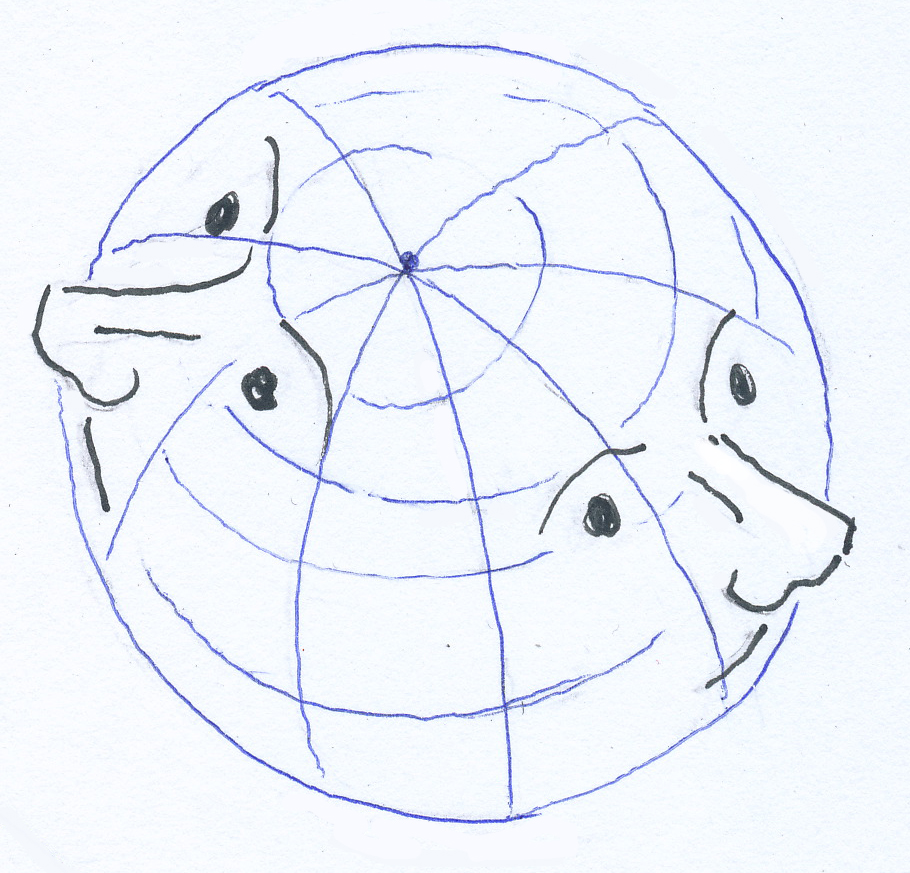
Of course, there are more positions of the head possible than profile, frontal or three-quarter. Construction lines may be useful, because before you know it, you draw the position incorrectly at first and then you keep wondering why it just won’t work. In the study of an old man, we see his face not only turned a little but also just a little from below. You only need to draw construction lines very lightly, or even just in your mind’s eye.
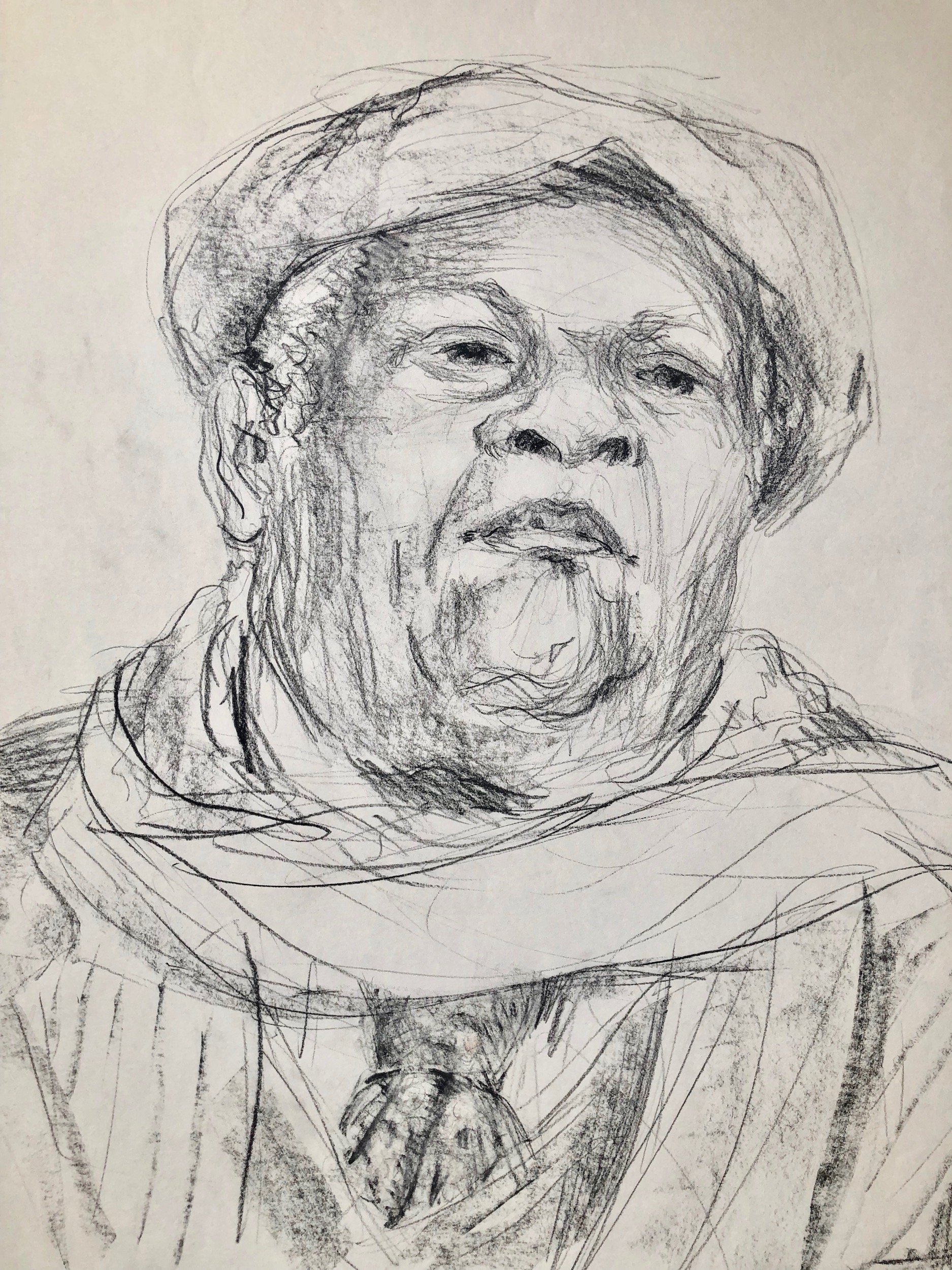
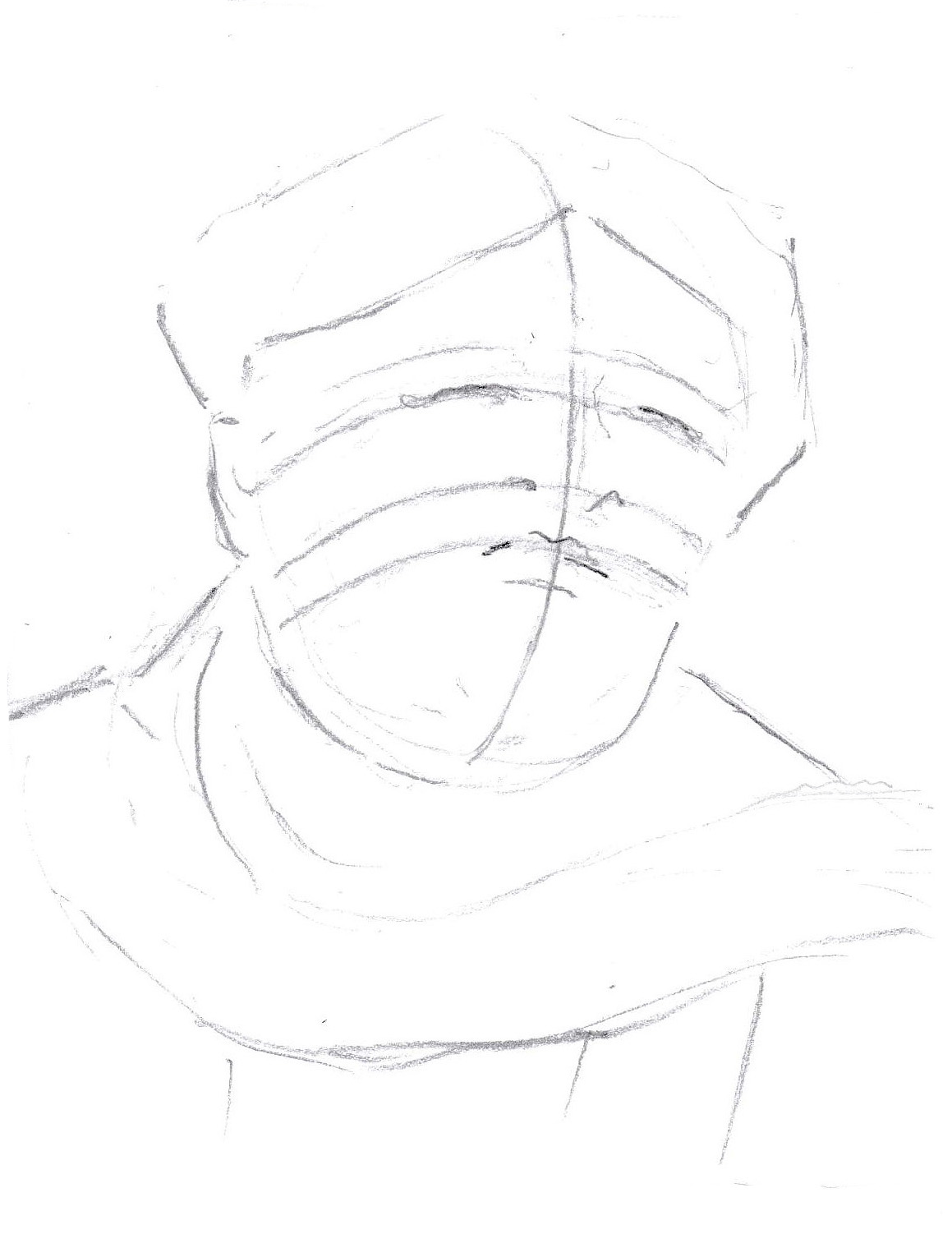
Exercise 1: Draw a head slanted to the left and slanted to the right.
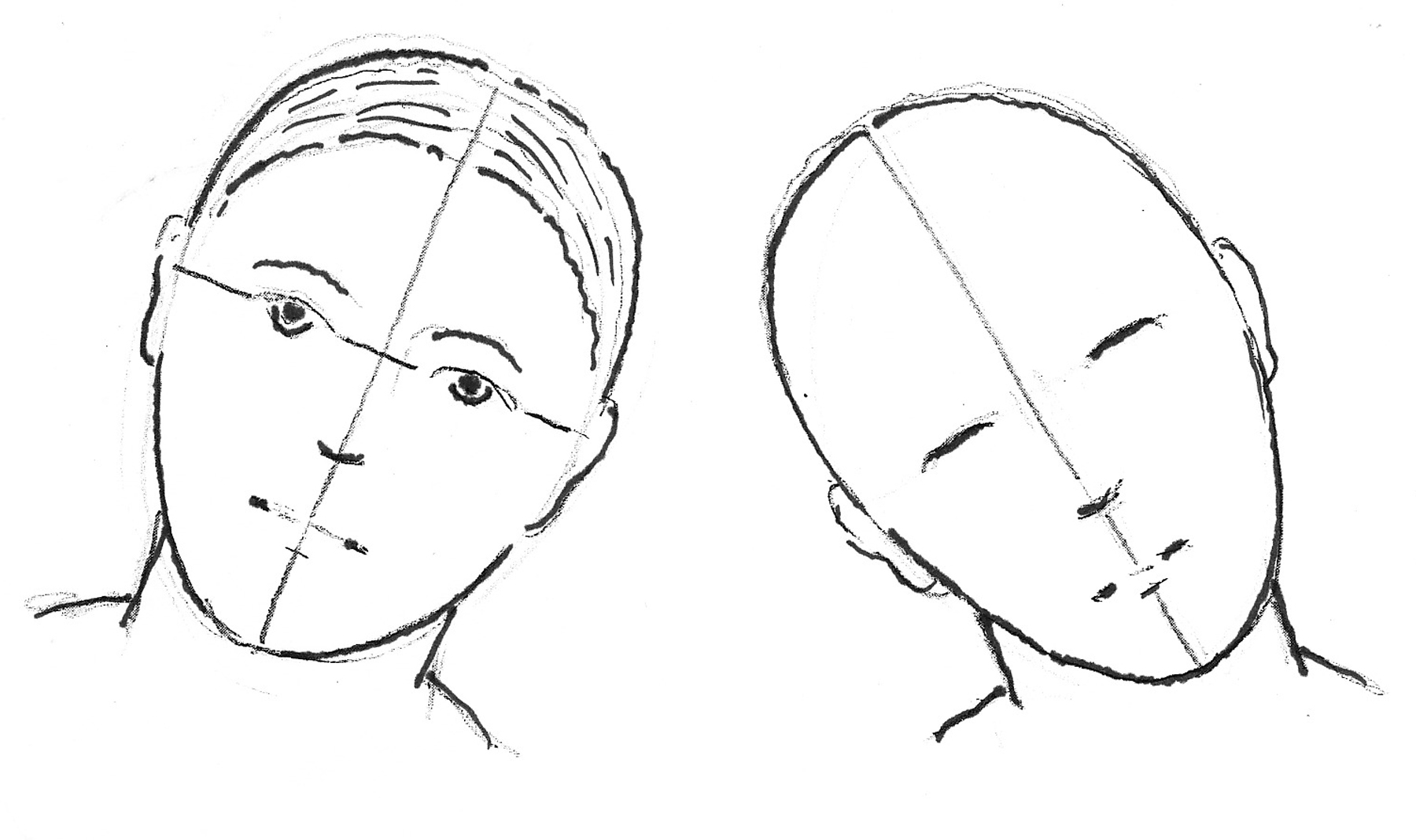
The head tilted.
Exercise 2: Draw a head leaning back and a head leaning forward. Show how the construction lines curve/turn with the head. When you draw a head from below, the upper half becomes much smaller, and you can clearly see the nostrils, for example. When you draw a head from above, the lower half becomes smaller.
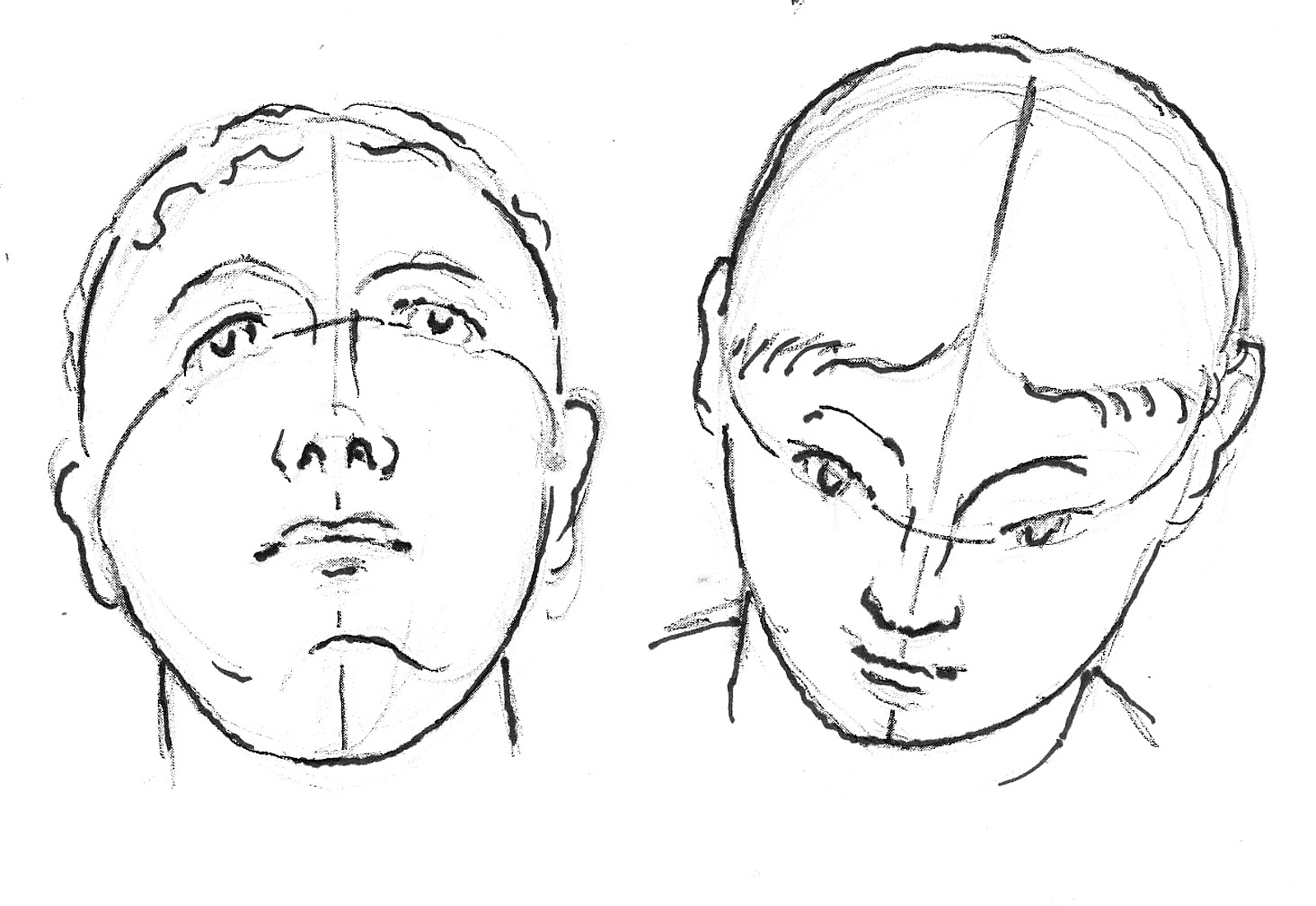
Exercise 3: In the following a little more spatial studies, the transition to the neck, back and shoulders is important. It’s helpful to start with a circle (actually a sphere), the jawline and the flatter side of the skull. Pay attention to the assisting lines, which are essential in these kinds of studies. Choose one of the positions to draw.
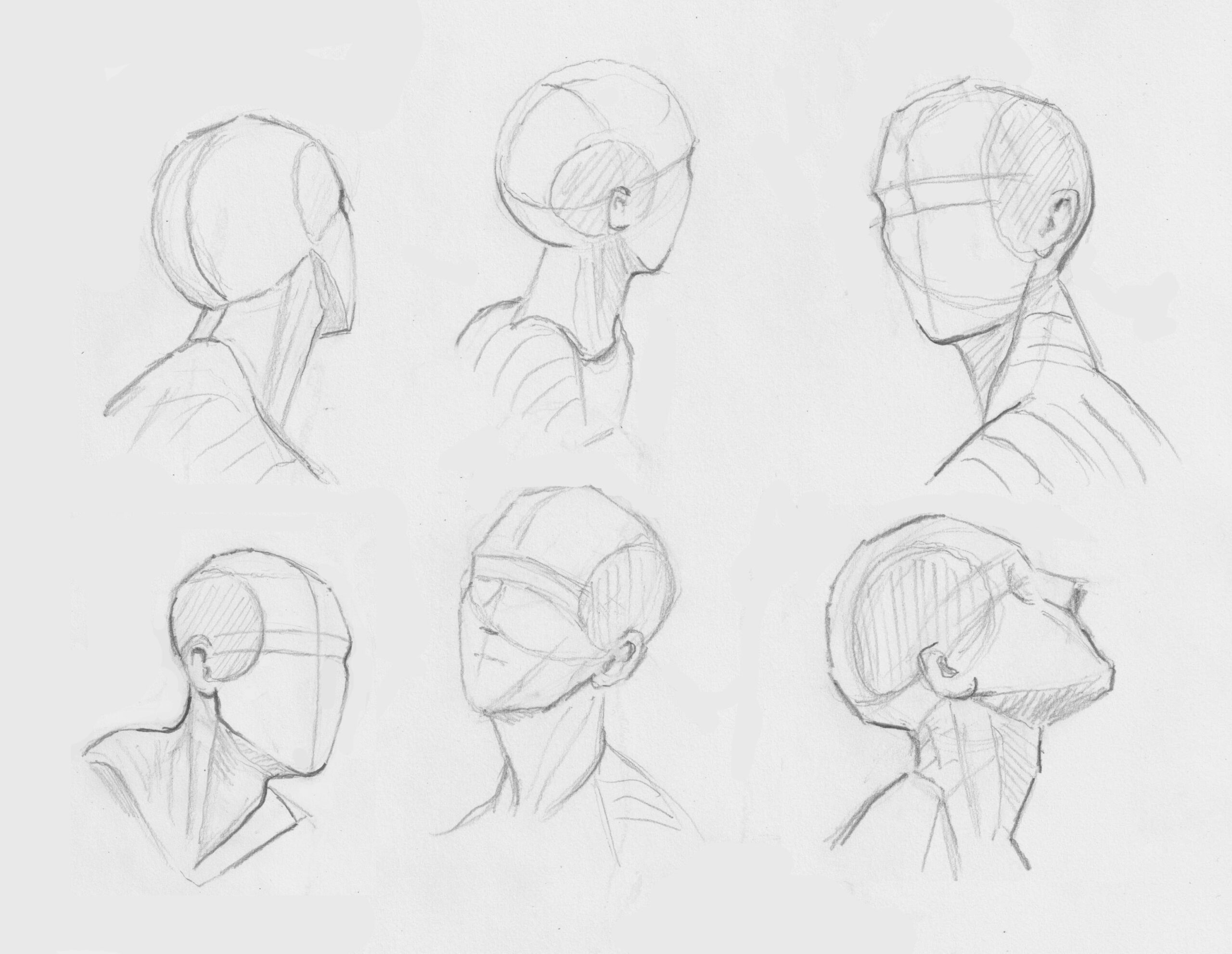
EXTRA: Have a study figure of your choice look at something. This can be done on paper, digitally or as a collage. The key is to position them correctly in space so that the direction of view is more or less correct.
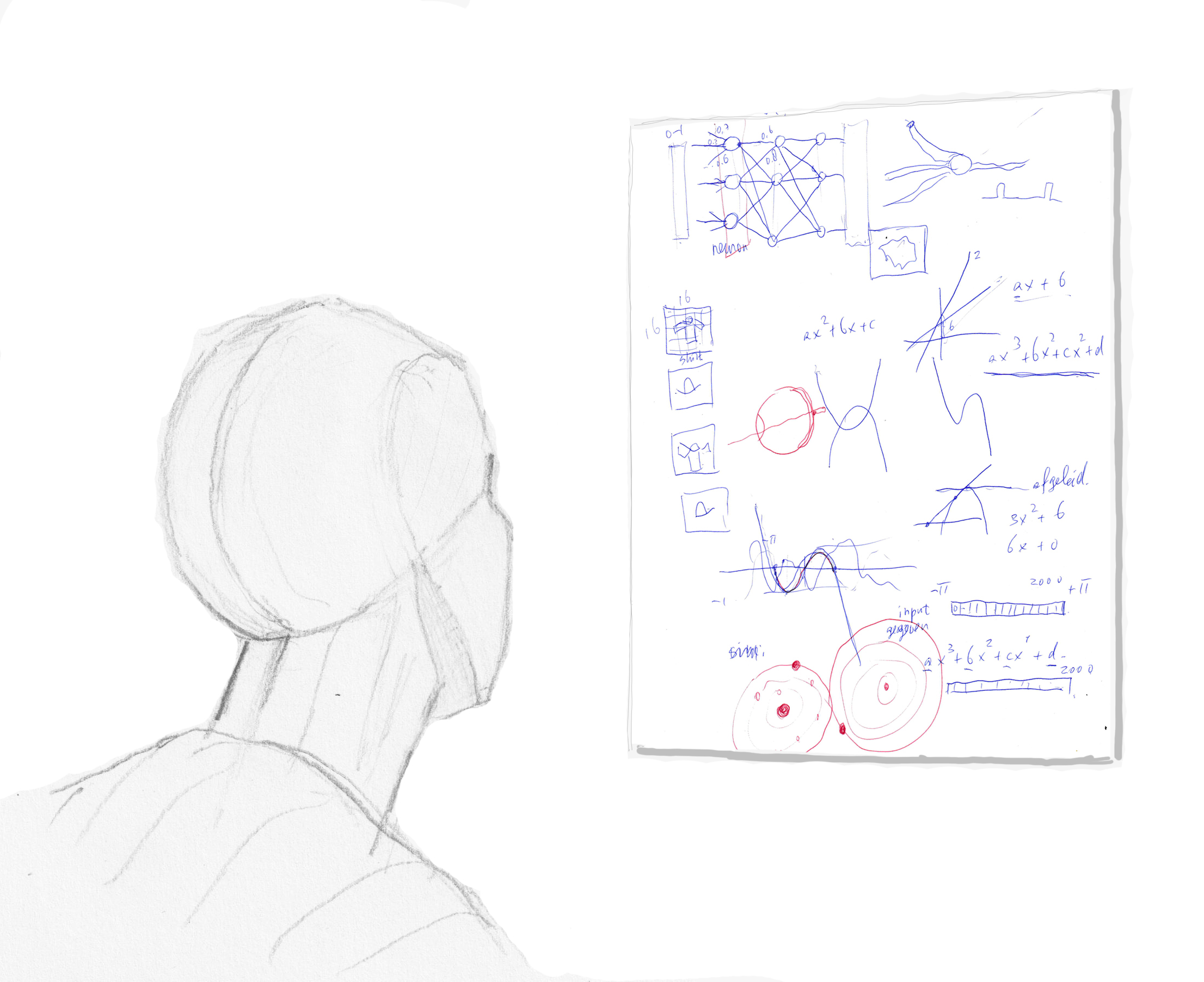


In some stunning works of art all kinds of positions are seemingly effortlessly combined in a narrative way, such as in the painting “The Last Days of Pompeii” about the fatal volcanic eruption of Vesuvius in 79 AD. It’s just like an action movie.
